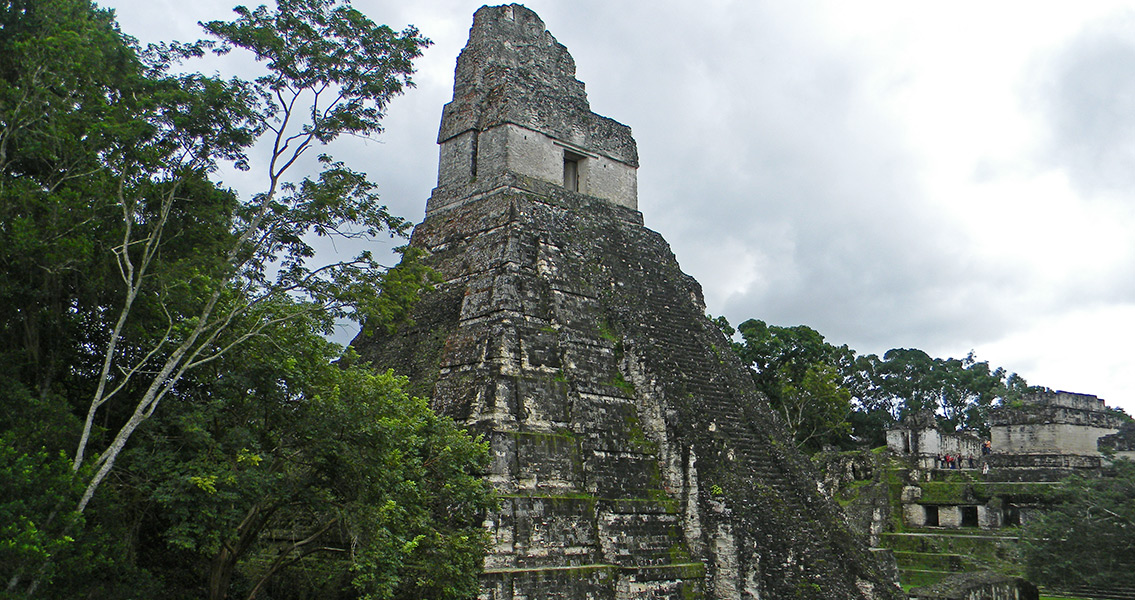<![CDATA[A new discovery has shown how the Maya transitioned to a sedentary way of life. An archaeological team working in Guatemala has found new evidence which offers clues about how the Maya civilisation developed. Until now, it was thought that mobile and sedentary groups had maintained separate communities. It was also assumed that public buildings were only built after a society had been rooted in an area for some time. The new research challenges both of these assumptions. Archaeologists, led by Takeshi Inomata and Daniela Triadan, excavating the ancient Maya lowlands of Ceibal have found evidence that the society underwent a drastic transition. It appears that the society in Ceibal developed from a heavy reliance on a hunter-gatherer method of foraging to more stationary farming. Mobile communities and settled groups co-existed at the same time, and it is entirely possible that they came together and collaborated on projects and became involved in public ceremonies. "The results of our research at the lowland Maya site of Ceibal add to the growing archaeological understanding that the transition to sedentism did not necessarily occur simultaneously across different social groups within a region and that monumental constructions did not always postdate fully established sedentism," the team wrote in the report of their findings, published in the Proceedings of the National Academy of Sciences. The team uncovered a public plaza at Ceibal which dates to around 950 BCE. Surrounding this plaza were ceremonial buildings of immense scale, built around 800 BCE. Evidence of permanent residential buildings in the area from this period, however, is scarce. Most people living in the area, it is thought, had a traditional hunter-gatherer style of existence. They moved throughout the rainforest in search of food and resources, only becoming fully settled in later centuries. Inomata believes that the area's few permanent residents could not have built the plaza and its surrounding buildings on their own, there were simply too few of them to undertake such an impressive building program. "The construction of ceremonial buildings is pretty substantial, so there had to be more people working on that construction," he said. The team argues that groups with varying levels of mobility came together for large construction projects at Ceibal. These mobile groups would, in subsequent centuries, participate in public ceremonies in the plaza. This process of cooperation helped these mobile groups to bond socially, eventually making the transition to a completely sedentary way of life. This transition, however, was very gradual. The Maya made the shift to a fully sedentary agrarian society over centuries, in part due to an increasing reliance on maize. This process was completed only by about 400 or 300 BCE, Inomata stated. "This tells us something about the importance of ritual and construction. People tend to think that you have a developed society and then building comes. I think in many cases it's the other way around," Inomata said. Most interestingly, the team's findings reveal that diverse groups of people with very different ways of life coexisted for generations. This discovery of an ancient 'melting pot' is an unexpected highlight of the research which offers clues of how human societies developed. For more information: www.pnas.org Image courtesy of Wikimedia Commons user: Laslovarga]]>
Diverse Maya Groups Cooperated on Vast Building Projects
